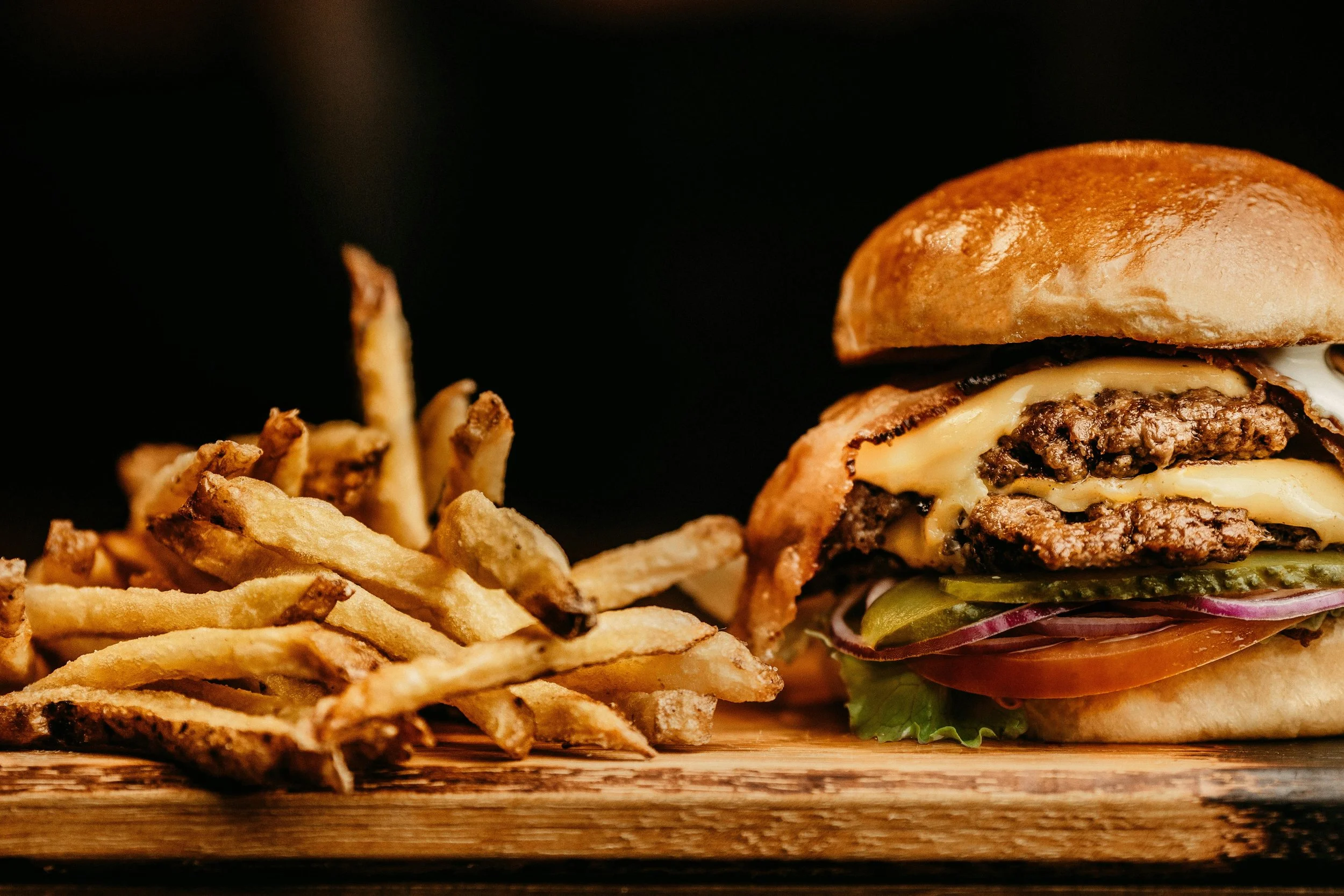Unforgettable Bites: Iconic Food Scenes in Movies
by Kevin Gardner
Food has a unique way of bringing people together, both in real life and on the silver screen. Some of the most memorable moments in cinema history revolve around a meal, a snack, or a simple, heartfelt bite. These scenes often linger in our minds long after the credits roll, not just because of the food itself, but because of the emotions, stories, and characters that these moments encapsulate. Let's take a journey through some of the most iconic food scenes in movies, where food becomes a character in its own right, leaving us hungry for more.
The Power of Food in Storytelling
Food in movies isn’t just about sustenance; it’s about connection, culture, and sometimes even conflict. Think about the spaghetti scene in Lady and the Tramp. That single strand of spaghetti brought two very different worlds together in a moment of unexpected romance. The simplicity of the dish contrasts beautifully with the significance of the moment, making it one of the most romantic and memorable food scenes in cinematic history. Food often serves as a bridge between characters, offering a way to express emotions that words alone can’t convey. It’s these small but powerful moments that make food scenes so unforgettable.
The Comfort of Nostalgia
Few scenes capture the comfort of food quite like the chocolate cake scene in Matilda. Bruce Bogtrotter, the unfortunate schoolboy, is forced to eat an entire, massive chocolate cake as punishment in front of the whole school. While the scene is over-the-top and exaggerated, it taps into a deep connection we all have with comfort food, particularly the indulgence of chocolate. The cake, rich and overwhelming, becomes a symbol of defiance and victory, turning a humiliating moment into one of triumph. It’s a scene that resonates with anyone who’s ever found solace in a slice of cake, no matter the circumstances.
Food as a Cultural Expression
Movies often use food to explore cultural identity and tradition. In Big Night, food is a matter of pride, heritage, and artistry. The film follows two Italian brothers who run a failing restaurant in America. Their final, make-or-break dinner, centered around a magnificent Timpano—a complex, layered Italian dish—is a labor of love. The scene where the Timpano is finally served is both a celebration and a moment of tension, as the brothers’ dreams hinge on this one dish. The meticulous preparation and reverence for tradition highlight how food is more than just a meal—it’s a legacy.
The Unspoken Bond Over a Meal
One of the most tender food scenes in recent years is the peach scene in Call Me by Your Name. Without giving too much away, this scene is a delicate exploration of intimacy, longing, and the bittersweet nature of love. The peach, ripe and succulent, becomes a symbol of desire and the fleeting nature of summer romance. It’s a scene that is both sensual and poignant, using food in a way that speaks directly to the heart. This moment lingers, much like the taste of a perfectly ripe fruit, and it’s a testament to how food can capture complex emotions without a single word being spoken.
Food as a Source of Tension
Not all food scenes are about comfort or connection. Sometimes, they’re about tension and control. In Pulp Fiction, the famous “Royale with Cheese” conversation is more than just a quirky dialogue about fast food differences between the U.S. and Europe. It’s a prelude to a moment of intense violence, making the casualness of the conversation all the more jarring. The juxtaposition of a light-hearted chat about burgers with the dark undertone of what’s to come is what makes this scene so memorable. It’s a perfect example of how food can be used to set the stage for something much bigger, creating an unforgettable contrast.
The Sweetness of Victory
Finally, no list of iconic food scenes would be complete without mentioning Julie & Julia. The entire film is a love letter to cooking and the joy of mastering a recipe. One scene, in particular, stands out: when Julie successfully cooks the daunting Boeuf Bourguignon. Her triumphant moment, as she tastes the rich, savory dish, is one of pure joy and accomplishment. It’s a scene that every home cook can relate to—the sheer delight of getting it just right, after all the effort and frustration. This scene captures the essence of why we cook, and why food, in its many forms, is so central to our lives.
In conclusion, food scenes in movies are so much more than they appear. They’re about connection, culture, comfort, and sometimes, conflict. These unforgettable bites leave a lasting impression, making us not only crave the food on screen but also the emotions and memories they evoke. The next time you watch a movie, pay close attention to the food scenes—they might just tell you more than you think. And who knows, maybe it’ll even inspire you to seek out that perfect dessert in Houston, New York, LA, or wherever your taste buds take you next.

